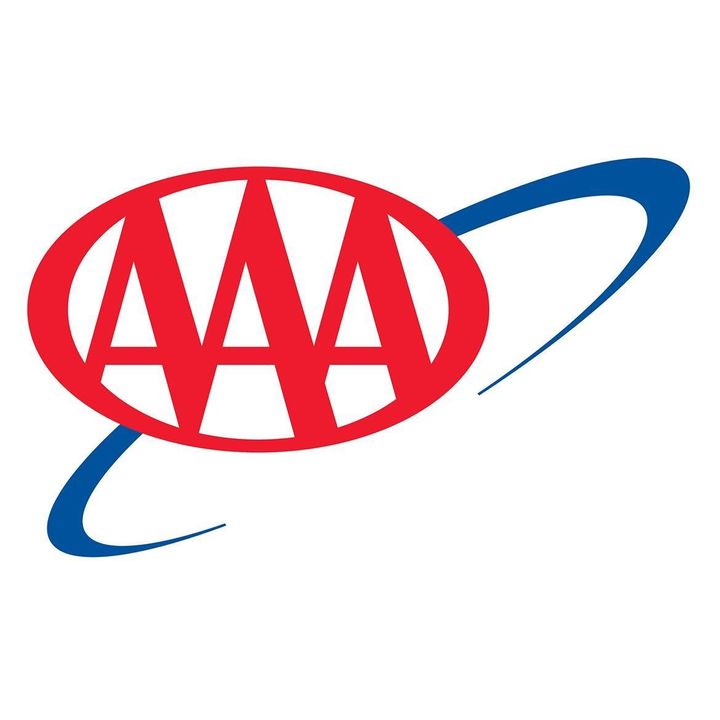Download Our Mobile App And Take WKTN With You . > > > > > > > > > > IT'S FREE!!

COLUMBUS, Ohio (August 19, 2021) – According to the latest research from AAA, the average annual cost of new vehicle ownership is $9,666, or $805.50 per month. The biggest factor pushing the nearly $10,000 annual price tag is depreciation. With low inventory at dealerships due to the semi-conductor chip shortage, AAA urges new car buyers to be aware of all the expenses associated with ownership so that they can negotiate the best deal for their budget.
“Consumers have to remember the expense of owning a car goes far beyond the monthly payment,” said Greg Brannon, AAA’s director of automotive engineering and industry relations. “We are seeing costs increase for a number of products recently, and cars are no exception. This trend will likely continue as new vehicles come equipped with the latest technology, which naturally drives up the sticker price.”
2021 Your Driving Costs Study Findings:
The 2021 AAA Your Driving Costs study reviewed nine categories of vehicles – consisting of 45 models – to determine the average annual operating and ownership costs of each.
Depreciation – a measure of how quickly a car loses value – remains the single biggest cost (40%) of new vehicle ownership. Other key findings of this year’s Your Driving Costs include:
.Fuel Costs: on average, fuel costs 10.72 cents per mile. This is based on data from May 2020 – May 2021, which does not include recent spikes in gas prices. Fuel costs vary widely by vehicle type, ranging from a low of 3.66 cents per mile for electric vehicles, to 15.81 cents per mile for pickup trucks.
.Maintenance, repair and tire costs: on average, maintenance and repair costs 9.55 cents per mile. Just like fuel, electric vehicles are on the lower end of the spectrum, costing 7.70 cents per mile, while medium sedans are the most expensive at 10.43 cents per mile.
.Finance charges: the cost of vehicle loans decreased due to a drop in the prime lending rate. The average interest rate in 2021 is 4.12%, which is 1.056 percentage points lower than last year.
Changing car buying habits:
As part of the Your Driving Costs study, AAA tracks changes in buying patterns and makes changes to the type of vehicle categories considered to match those trends. For several years now, buyers have moved away from previously popular categories like sedans to newer styles like compact SUVs.
For 2021, AAA added two new categories: subcompact SUVs and midsize pickup trucks. These replaced large sedans and minivans, both of which no longer offer enough new models to be tracked.
Rising vehicle costs:
The average price of a new vehicle for 2021 is $32,903, which is $1,502 (4.78%) higher than last year, but is mostly due to the addition of new models to the Your Driving Costs study.
Models in the small sedan, medium sedan, medium SUV and hybrid categories averaged an increase in vehicle price of $3,064, led by hybrids as consumers opt for larger (hence more expensive) models in this category. Pickup trucks saw an increase of $4,684 (an average of 11%); however, this has not affected their popularity, as they remain the best-selling category of those included in the study.
Car Buying Tips:
Buying a car is the second biggest purchase behind a home that most people will make in their lifetime. The car buying process can be seen as difficult, time-consuming and stressful. With strains on inventory this year, it is critical for consumers to do as much research as possible before beginning the buying process.
Understanding all of the options available as well as individual needs can ease some of the anxiety associated with purchasing a car. AAA offers the following guidance when it comes to shopping for your next vehicle:
.Determine a budget: Before considering any specific makes or models, consumers should determine what makes sense for their budget including trade-in value and down payment amount.
.Decide whether to buy or lease: Another important consideration is whether to finance or lease. For someone who is an early adopter of new technology, likes to change cars often or doesn’t put a lot of annual miles on a vehicle, leasing may make more sense. Consumers should evaluate both options and pick the one that will best suit long-term needs.
.Consider the length of the loan: Manufacturers and dealerships sometimes offer extended loan terms as an incentive to buyers. In some cases, these loans can be as long as 84 months with interest as low as zero. Initially, a loan like this may be attractive to a buyer since it helps lower the monthly payment. However, consumers should know that with long-term loans comes a period of time when the vehicle will hold less value than what is owed due to depreciation.
.Look at new and used vehicles: New vehicles typically come with longer warranties, buying incentives from the automaker, the latest features and are widely available. When it comes to used vehicles – there are two types to choose from – certified pre-owned and used. The advantage of a certified pre-owned vehicle is the original owner has absorbed the majority of the depreciation cost, while the vehicle still has quite a few of the latest features and a manufacturer’s warranty.
.Test drive: Consumers should test drive the exact model of the car they want to purchase. If possible, they should pick a route that mirrors their daily driving routine. It is a good idea to test the car’s ride quality and handling on a number of different road surfaces: city streets, hills, freeways and winding roads.
.Negotiate: The most important thing to remember is in most cases, there are three separate negotiations that occur when purchasing a car: the price of the new vehicle, trade-in value and finance rate if applicable. Consumer should take their time and negotiate them individually.
Consumers can calculate their annual driving cost through AAA’s digital brochure on Newsroom.AAA.com
Written by: WKTN Staff
Similar posts
Copyright WKTN-Home Town Media | Public File | FCC Applications | ADMIN | 112 N. Detroit Street, Kenton, OH 43326 | 419-675-2355


